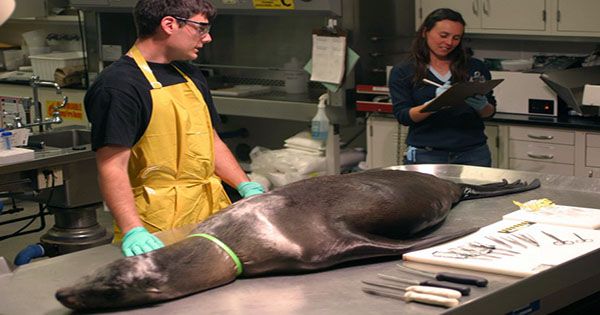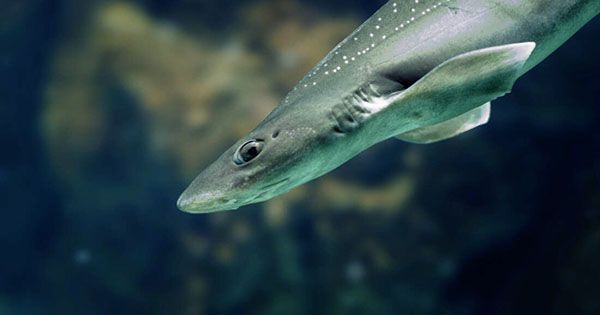When you look at a modern whale, it’s difficult to believe these animals once walked on land. Of course, they looked a little different back then, but as a recent necropsy photo shows, whales have retained a few of their land-based characteristics, including a disturbing hand-like appendage. A pentadactyl limb, comprised of five finger-like bony protrusions, lies beneath a whale’s flipper, rather than the paddle-like structure one might expect. GHOST HAND, as we prefer to call it.
Dr Mark D Scherz, Curator of Herpetology and Assistant Professor of Vertebrate Zoology at the Natural History Museum of Denmark, shared the eerie image on Twitter. You’d be correct in thinking that whales don’t belong within the herpetology umbrella, but working so closely with researchers and handling specimens at the drop of a hat has its advantages. “I got a communication from Daniel Klingberg Johansson, the Collections Manager for Herpetology and Mammalogy, the day before my first day, that a whale had washed up and would be dissected the next day,” Scherz told IFLScience.

“These unusual occurrences elicit a frenzy of activity in the museum, as many researchers and helpers collaborate to prepare and collect data on the animal.” The pentadactyl limb is found in a wide range of species, indicating that they all developed from a common ancestor who had the limb before it went off and explored some adaptations. As a result, the whales’ bizarre “fingers” are actually a rather lovely display of evolution’s oddities.
“Evolution is a tinker,” Scherz stated. “Repurposing an old structure is easier and more likely than building a new one from the ground up. It just so happened that the most successful lineage of tetrapods (four-legged animals) had five fingers and toes as they emerged from the primordial waters.
“The fundamental form of the pentadactyl limb has developed repeatedly in numerous lineages of mammals and reptiles, each time in a different fashion; the specific anatomy [of the limbs] differs extremely strongly.”
In case you’re curious, doing a necropsy involves a combination of difficult and delicate job. Handling sensitive organs necessitates caution if the procedure is to preserve its academic significance, but you’re still dealing with a whale, and removing blubber and muscle is no easy task.
At the time of writing, the whale in this dissection is assumed to be a Sowerby’s beaked whale, Mesoplodon bidens, which is uncommon in the area but not unheard of. The species is difficult to differentiate from the Gervais’ beaked whale, Mesoplodon europaeus, and a rare species that has never been observed in Danish waters (where the animal beached).
















